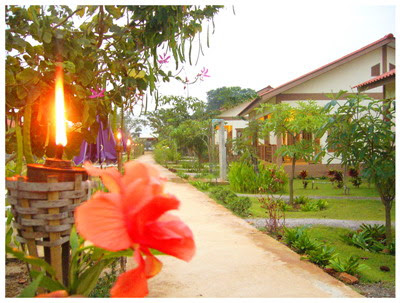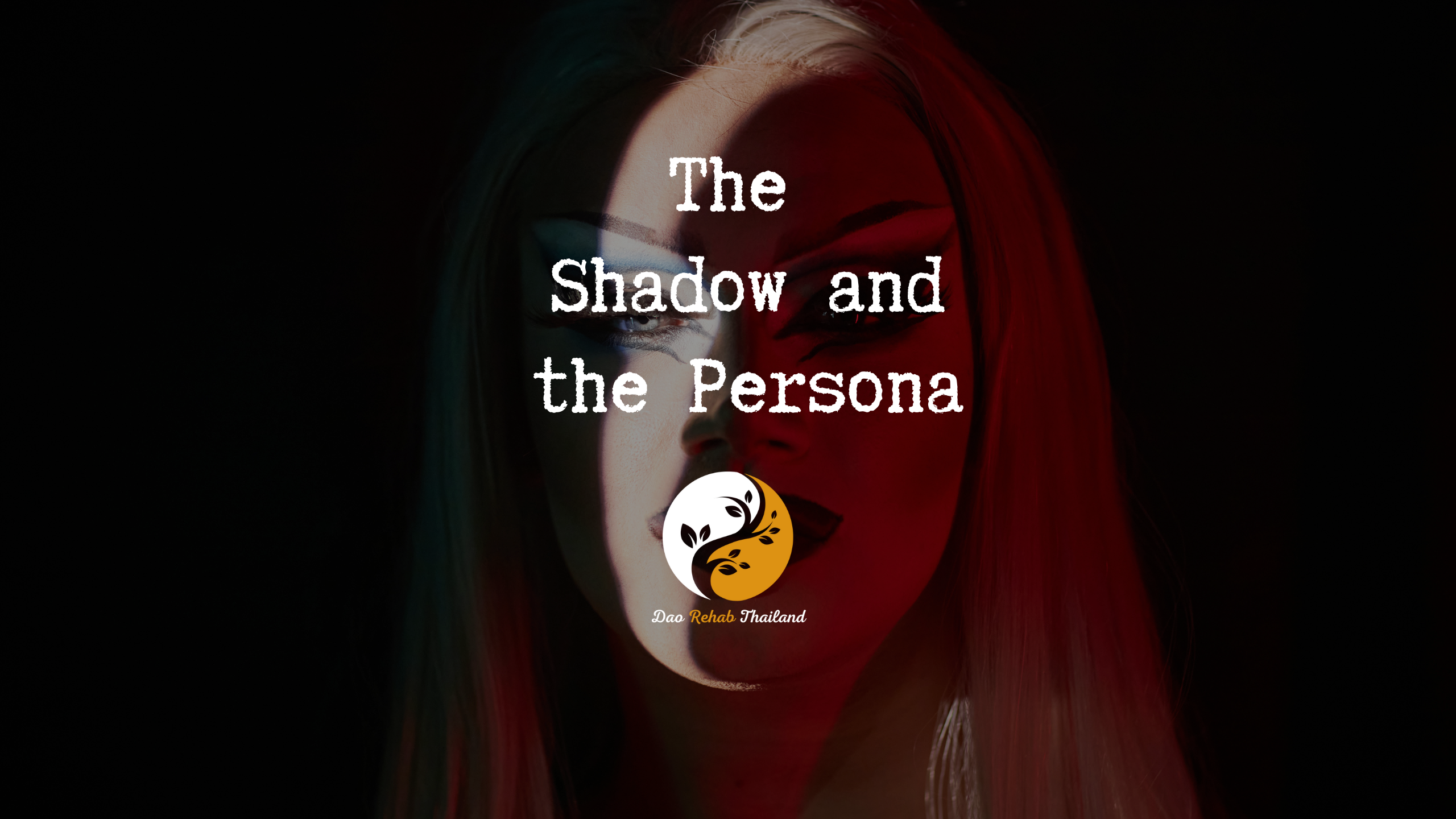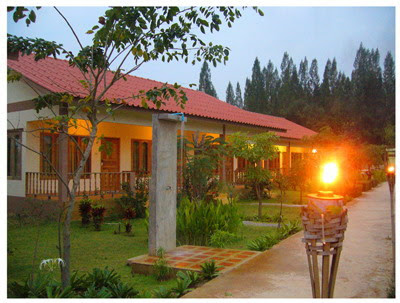
Myths that shape thinking
Myths that shape thinking
“Turning the impossible into possible”

"Detox from Drugs at a Luxury Holistic Center in Thailand and Israel"

Alan Watts on our world view and the myths that shape our thinking
This is a summary of a fascinating talk by Alan Watts about our worldview and the myths that shape our thinking. Watts begins by describing two basic models of the universe – the ceramic model and the fully automatic model. The ceramic model, based on the book of Genesis, sees the world as an artificial object created by a human-like creator god. In contrast, the fully automatic model, which developed from Western science, sees the universe as a mechanism that operates according to defined laws, without the need for a creator.
"Holistic Center for Trauma, Addiction, and Mental Imbalance Treatment in Thailand"
“Come to the beginning of your journey to freedom from addiction to alcohol, drugs, and pills, and rediscover your life within the serene embrace of DaoTherapy Rehab in Thailand—where holistic healing meets empowering recovery.”
DaoTherapy Holistic Rehab
Key Elements of Drugs Detox:
Medical Supervision: Drugs detox must be conducted under medical supervision, as the body may experience withdrawal symptoms. These can include nausea, anxiety, muscle aches, and insomnia. A medical team will monitor and manage these symptoms to ensure the patient’s safety and comfort.
Holistic Therapies:
Holistic Therapies: Many detox programs incorporate holistic therapies such as mindfulness, yoga, and meditation to help individuals cope with stress and anxiety during the detox process. These therapies support the mind-body connection and contribute to overall recovery.
Tapering Process
Tapering Process: Drugs detox often involves a gradual tapering of the drug to reduce withdrawal severity. Doctors will slowly decrease the dosage over time to allow the body to adjust to lower levels of the substance.
Psychological Support:
Psychological Support: Like any addiction recovery process, detox from Drugs includes psychological support. This can involve counseling, therapy, or support groups to address the mental and emotional aspects of addiction.
Post-Detox Treatment:
Post-Detox Treatment: After completing detox, continuing treatment is crucial to prevent relapse. This often includes participation in ongoing therapy, group support, and the development of new coping strategies to maintain sobriety.
The ceramic model and the fully automatic model
This is a summary of a fascinating talk by Alan Watts about our worldview and the myths that shape our thinking. Watts begins by describing two basic models of the universe – the ceramic model and the fully automatic model. The ceramic model, based on the book of Genesis, sees the world as an artificial object created by a human-like creator god. In contrast, the fully automatic model, which developed from Western science, sees the universe as a mechanism that operates according to defined laws, without the need for a creator.
Watts claims that these two models lead to a feeling of disconnection from nature and the universe. The karmic model places man as a subject of a supreme king, while the automatic model sees us as an accidental and separate product of the blind force of the universe. In both cases, we feel like “something inside a sack of skin”, cut off from external reality.
As a result, Western culture is based on the idea of war between man and nature. We use symbols like rockets and heavy vehicles to “conquer” space and Earth, as if we were aliens coming from outside. But Watts reminds us that we are actually an integral part of the universe, not something separate from it.
Watts offers a completely different perspective. He compares the Big Bang to throwing an ink bottle at a wall – the initial burst of energy has spread everywhere, and we form the complex patterns at the end of that burst. In other words, we are not just a product of the Big Bang, but we are still the process itself – the fundamental energy of the universe that manifests itself in a unique way in each of us. When we understand this, we are no longer separate from the universe, but are an integral part of it.
But the problem lies in the fact that our culture does not teach us to feel this way. We see ourselves as separate “things” instead of as part of a whole continuum. To control the ever-changing and convoluted world, we sort and divide it into discrete units. We create a “net” over reality, numbering the holes in the network, thus creating the illusion of distinct “things”. But in nature itself, the world does not come split and divided, just as you cannot get a chicken cut from an egg.
Watts emphasizes that there is no such thing as separate “things” or events. They exist only as a way of speaking, just as a “noun” is part of language and not of the physical world. The physical world is winding, complex and continuous. The separation between us and him is artificial and imaginary.
Watts concludes by arguing that the universe is not “a big rock infested with living organisms,” just as a skeleton is not bones infested with cells. As scientists, when we describe the behavior of a living creature, we cannot limit ourselves to what is happening inside its skin. We must include his interaction with the environment. The “outside world” is as much a part of us as our body itself. We are not separate – we mutually define each other, like two sticks leaning on each other.
In conclusion, Watts challenges the accepted views of the world and invites us to see ourselves as an integral part of the universe and not as alien entities detached from it. He suggests that the divisive perception makes us feel lost and meaningless, while the recognition of our close connection to all that exists can restore our sense of belonging and meaning. If we can change the way we experience reality, we can find a solution to our deepest existential problems and live a fuller and more fulfilling life in harmony with the world around us.

contact us
Contact us with your questions
We would love to speak with you! Feel free to reach out with any questions.

get in touch
Schedule a free consultation
Schedule a free consultation with our team and let’s make things happen!
Myths, models and the perception of reality
This is a summary of a fascinating conversation by the philosopher Alan Watts about how we perceive reality and the myths that shape our thinking. Watts begins by describing two basic models of the universe that influenced Western culture – the ceramic model and the fully automatic model.
The ceramic model, which originates from the Book of Genesis, sees the world as an artificial object created by God in human form. In this model, God is like a potter who fashions tools from raw material, or a carpenter who builds furniture from wood. The world is seen as the handiwork of a wise and sophisticated god who planned everything in advance. Similarly, human beings are seen as creations, as artificial objects designed by God.
In contrast, the fully automatic model, which developed from Western science, sees the universe as an independent mechanism that operates according to defined laws, without the need for a creator. In this model, the universe resembles a complex machine – each part plays a specific role and the interactions between them create all the phenomena. It is the basic laws of nature, and not a supreme being, that dictate the conduct of the universe.
Disconnection and separation – the results of the contrasting models
Watts claims that despite their differences, these two models ultimately lead to a similar feeling – a feeling of disconnection from nature and the entire universe. The karmic model places man in an inferior position, as a subject subject to an all-powerful overlord. We feel like small and helpless creatures in front of the mighty Creator.
The automatic model, on the other hand, sees us as a product of chance and separate from the blind force that drives the universe. We are just tiny cogs in the mighty machine, with no real meaning or purpose. In both cases, the result is the same – we feel alienated from reality, trapped in a “skin bag” that separates us from the world.
As a result of these concepts, Western culture is built on the idea of struggle and war between man and nature. We project our sense of foreignness onto the environment and try to take control of it by force. Symbols such as missiles and heavy artillery represent our attempt to “conquer” space and the earth, as if we were external beings who invaded this world from somewhere else. But Watts reminds us that despite the feeling, We are actually an inseparable part of the world and the entire universe.
The Big Bang and the Infinite Expansion
To illustrate the close connection between us and the universe, Watts offers an enlightening metaphor. He compares the Big Bang, the initial explosion from which everything was created, to throwing an ink bottle at a wall. When the ink hits the wall it spreads everywhere, creating splatters and splatters. As you move away from the point of impact, the spots become thinner and more complex.
In the same way, Watts argues, the primordial cosmic burst of energy has spread out in all directions, and we constitute the most complex and refined patterns at the farthest end of that burst. In other words, we are not just a product of the Big Bang, but we continue to be part of the process itself – the basic energy of the universe that is embodied and expressed in a unique way in each and every one of us. When we internalize this insight, we are no longer separate or alien to the universe, but form an integral and inseparable part of it.
Separating thought and integrative vision
The problem, Watts explains, lies in the fact that Western culture and thinking do not teach us to feel and see in this way. We are used to perceiving ourselves as separate and independent “things”, instead of as part of a dynamic and endless continuum. To understand and control the convoluted and ever-changing world, we tend to sort, divide and separate it into discrete units.
Watts uses an enlightening image – we spread a conceptual “net” over reality, number the holes in the network, thus creating the illusion that there are separate and distinct “things”. But in nature itself, emphasizes Watts, reality does not arrive split and divided in advance, just as you cannot take a chicken out of an egg that has been disassembled into its parts.
In fact, Watts argues, there is no such thing as intrinsically separate “things” or events. These concepts exist only as a way of talking and thinking about the world, just as a “noun” is part of language and not a tangible entity in itself. The physical world is continuous, winding and incredibly complex – it does not come divided into pieces. Any separation between us and the world, or between different parts of the world, is largely artificial and imaginary.
The world as a living and dynamic tissue
Watts ends his words with a revolutionary claim – the universe is not “a big rock infested with living organisms”, just as a skeleton is not “bones infested with cells”. When we as scientists try to describe the behavior of a living being, we cannot be satisfied with what is happening within the confines of its skin. We must take into account his constant and two-way interaction with the environment in which he lives.
What we call the “external world” is an essential and inseparable part of us, just like our physical body. The boundaries between us and the rest of the world are thin and fluid, like a delicate membrane through which various materials and forces penetrate back and forth without interruption. Each entity defines, influences and shapes the others in a reciprocal and constant way, like two sticks that lean on each other and allow each other to stand.
Towards a new experience of being
Ultimately, Alan Watts challenges our most fundamental assumptions about the nature of reality and our place within it. He invites us to free ourselves from the myths and images that cut us off from the world, and to adopt an integrative and experiential view of life. Instead of seeing ourselves as separate entities in constant conflict with the environment, we can recognize the fact that we are an organic part of the vast cosmic fabric.
When we manage to break free from the old templates and connect to the continuous reality in which we are so intertwined, we may be able to rediscover our true home in the universe. The isolated and alienated perception makes us feel lost, without belonging and meaning. On the other hand, the recognition of the deep connection and basic unity with all that exists, can restore to us the sense of belonging, purpose and wonder.
The key, according to Watts, lies in our ability to experience reality directly and merge with the ceaseless flow of life. If we manage to do this, we may be able to find a solution to the deepest existential problems that trouble us, and live a fuller and more fulfilling life in harmony with the world around us. This is an opportunity to rediscover the magic, beauty and inexhaustible wealth that the universe offers us every moment.
Key insights
1. The world is not made up of separate “things”, but everything is connected and interdependent.
2. Humans are an integral part of the universe, and not separate entities from it.
3. Our perception of reality is shaped by cultural myths, and does not necessarily reflect the truth.
4. Religion and science both created wrong models of the universe, based on separation and control.
5. To understand the essence of existence, we must look beyond the limited perception of the separate “I”.
6. Reality is a dynamic and continuous process, and not a collection of static objects.
7. We define ourselves and our identity in relation to others and the environment, and not to ourselves.
8. True science recognizes that we cannot separate ourselves from the external world.
9. The lack of understanding of the deep connection between all things leads to a feeling of alienation and meaninglessness.
10. The way to a fulfilling and meaningful life is to experience ourselves as an expression of the entire universe.
Practical advice
1. Do not perceive yourself as separate and isolated entities, but as part of the complex and interconnected fabric of life.
2. Pay attention to how the cultural myths shape your perception of reality, and try to look beyond them.
3. Accept the fact that reality is a dynamic and continuous process, and cannot be completely controlled.
4. Cultivate a deeper understanding of the connection and interdependence of all things in life.
5. Do not focus too much on the limited perception of the “I”, but try to experience yourself as an expression of the entire universe.
6. Seek meaning and purpose in life through the recognition of our deep connection to the world, and not through attempts to control and isolate.
Psychological Support:
Psychological Support: Like any addiction recovery process, detox from Subutex includes psychological support. This can involve counseling, therapy, or support groups to address the mental and emotional aspects of addiction.
Mantras for self-talk
1. I am an integral part of this wonderful and dynamic universe.
2. My identity is shaped and defined by my connections and relationships with others and the world around me.
3. I accept the fact that reality is a continuous process of change and development, and I flow with it.
4. I cultivate a deep understanding of the connection and interdependence between all things in my life.
5. I experience myself as a unique and beautiful expression of the universe, and find meaning and purpose through this connection.
Examine your mind
1. Have you noticed today how you are connected and dependent on others and the environment around you?
2. Did you feel part of the dynamic process of life today? If so, how was this expressed?
3. Did you manage to identify one moment when you experienced a feeling of unity with the world around you?
4. How did you react today when you encountered a challenging or frustrating situation? Did you respond out of a sense of separateness or connection?
5. Did you observe nature today and try to feel your deep connection to it?
6. Have you asked yourself today how the cultural myths might affect your perception of reality?
7. Have you tried to see the people around you as unique expressions of the universe you are a part of?
8. Have you adopted an attitude of acceptance and flow today, instead of trying to control or fight reality?
9. How did you treat the challenges or obstacles that came your way today – as opportunities for growth or as threats?
10. Have you dedicated time today to meditation or another practice that connects you to the feeling of oneness with the universe?
Psychological Support:
Psychological Support: Like any addiction recovery process, detox from Subutex includes psychological support. This can involve counseling, therapy, or support groups to address the mental and emotional aspects of addiction.








